6 Stalin Cities
Cities Named after Stalin
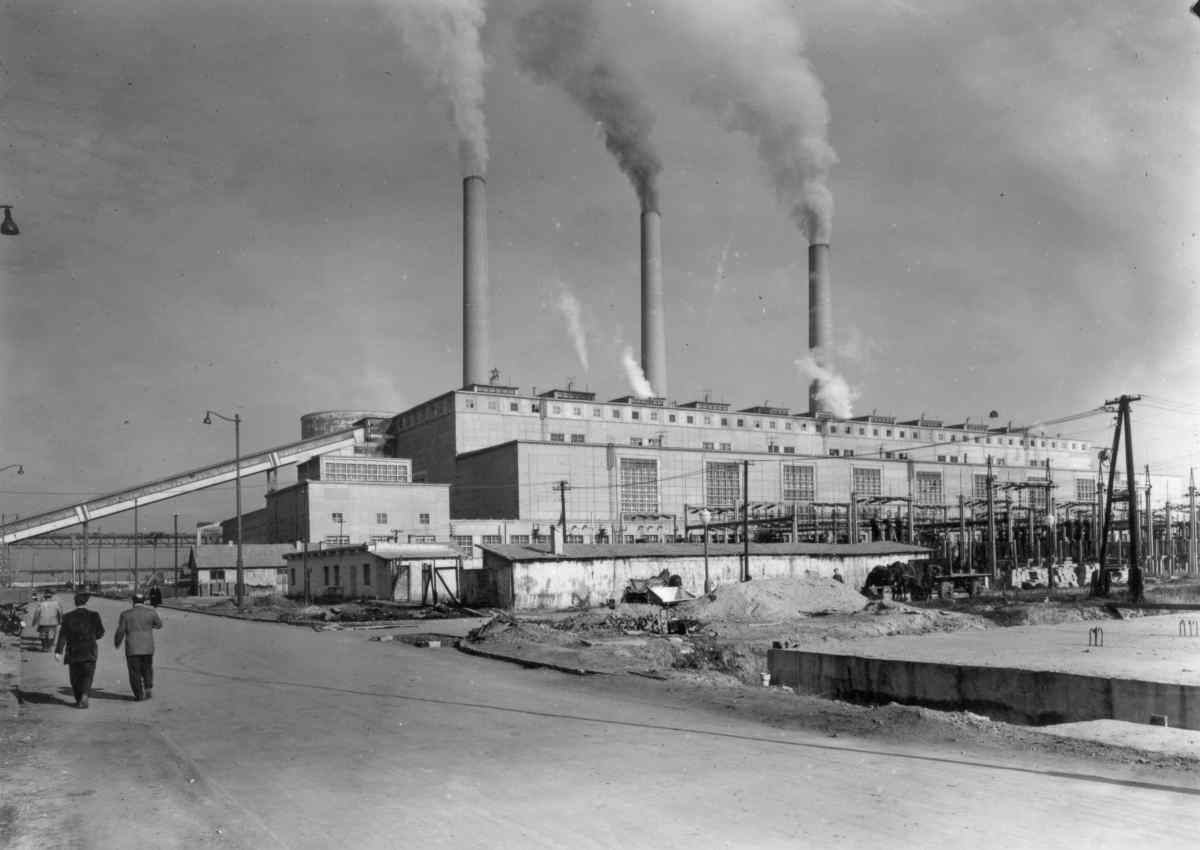
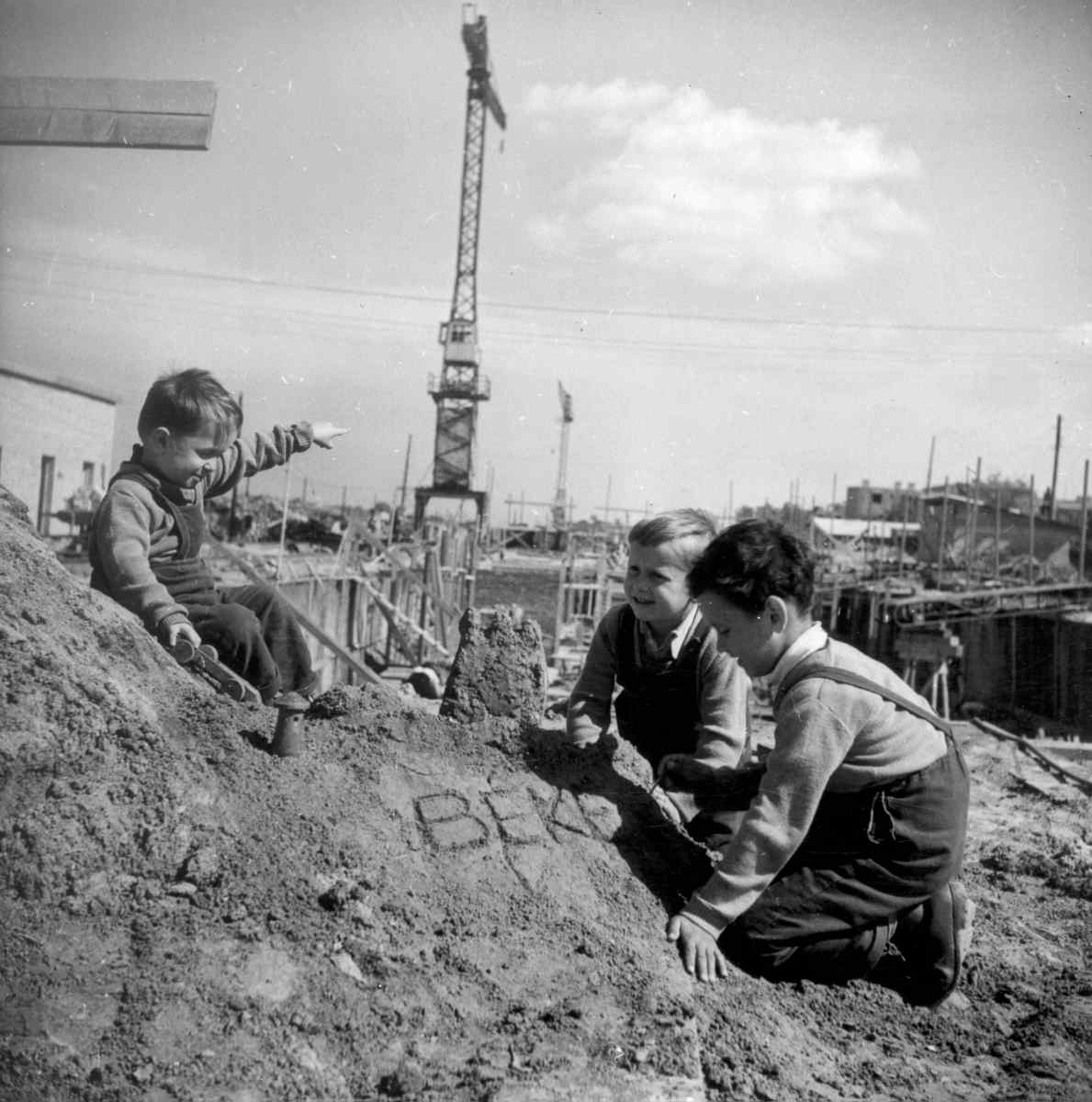
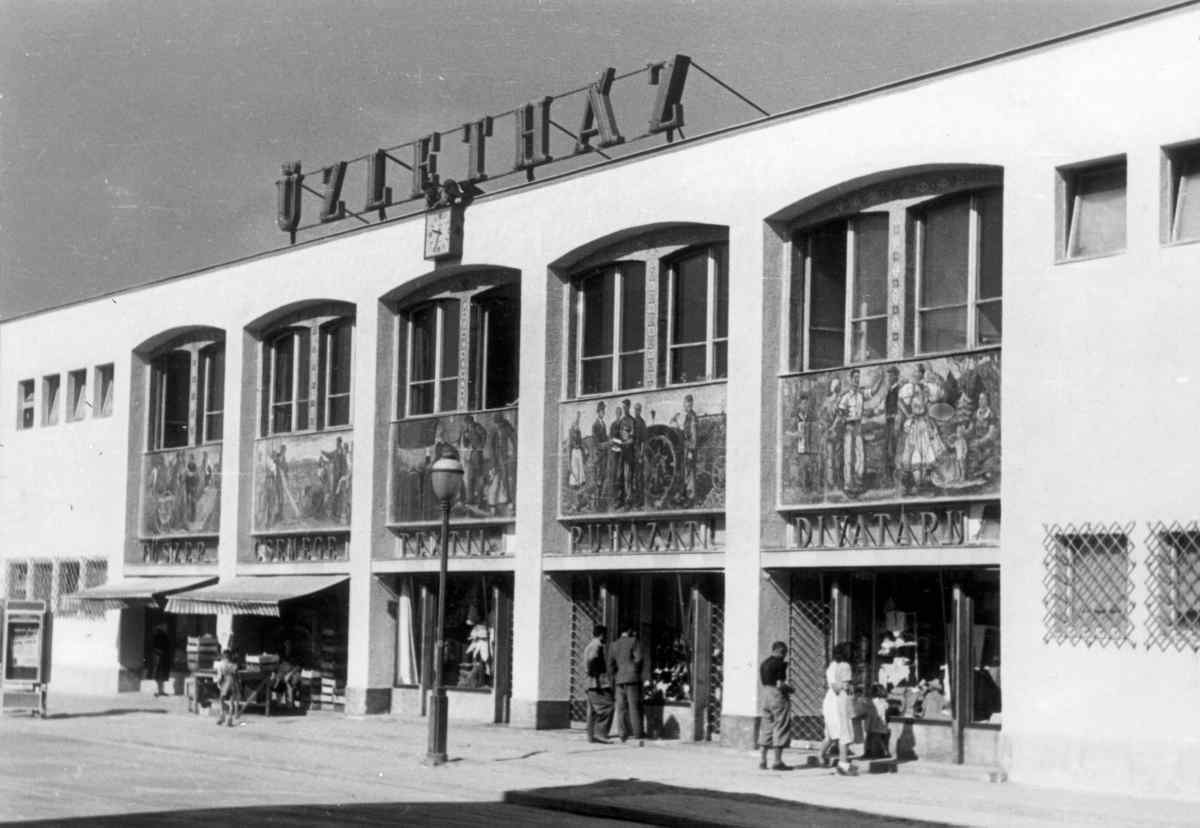
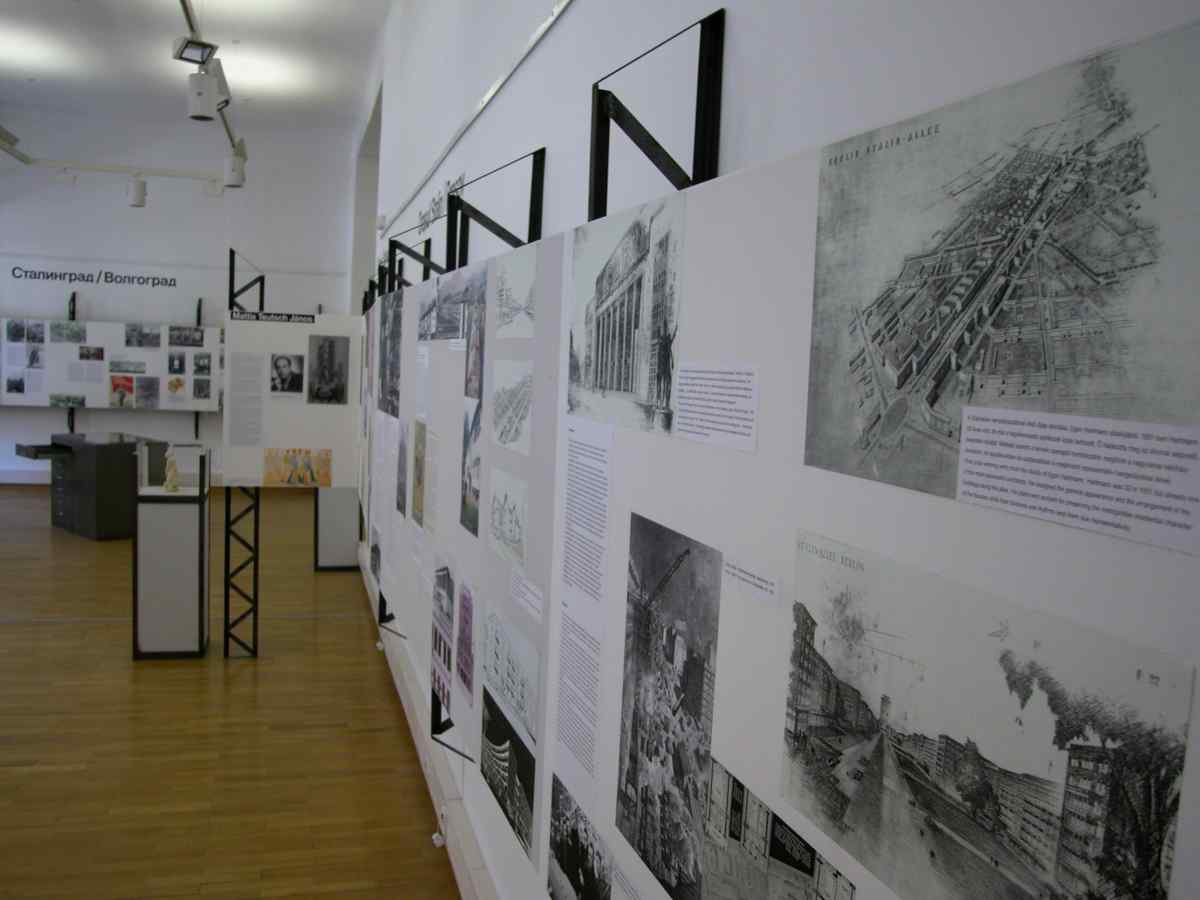

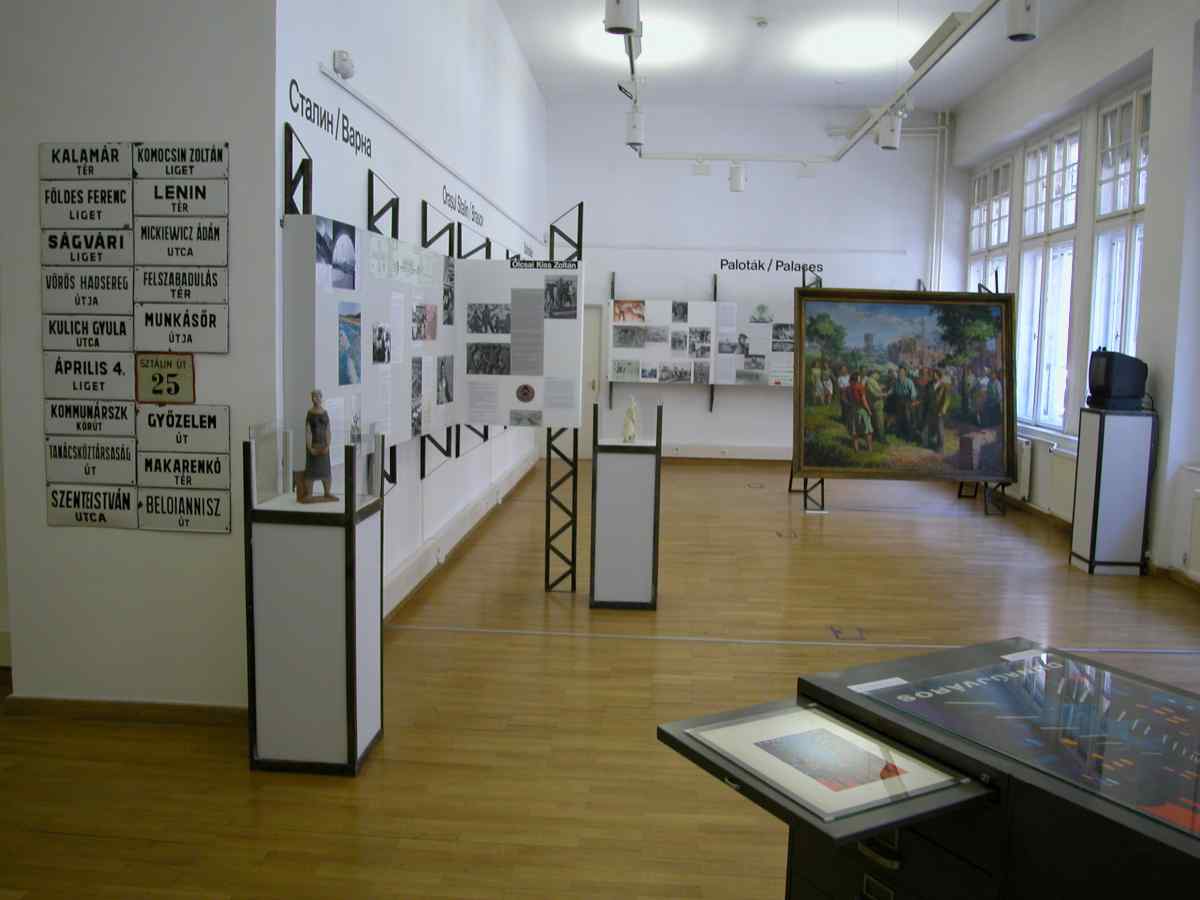

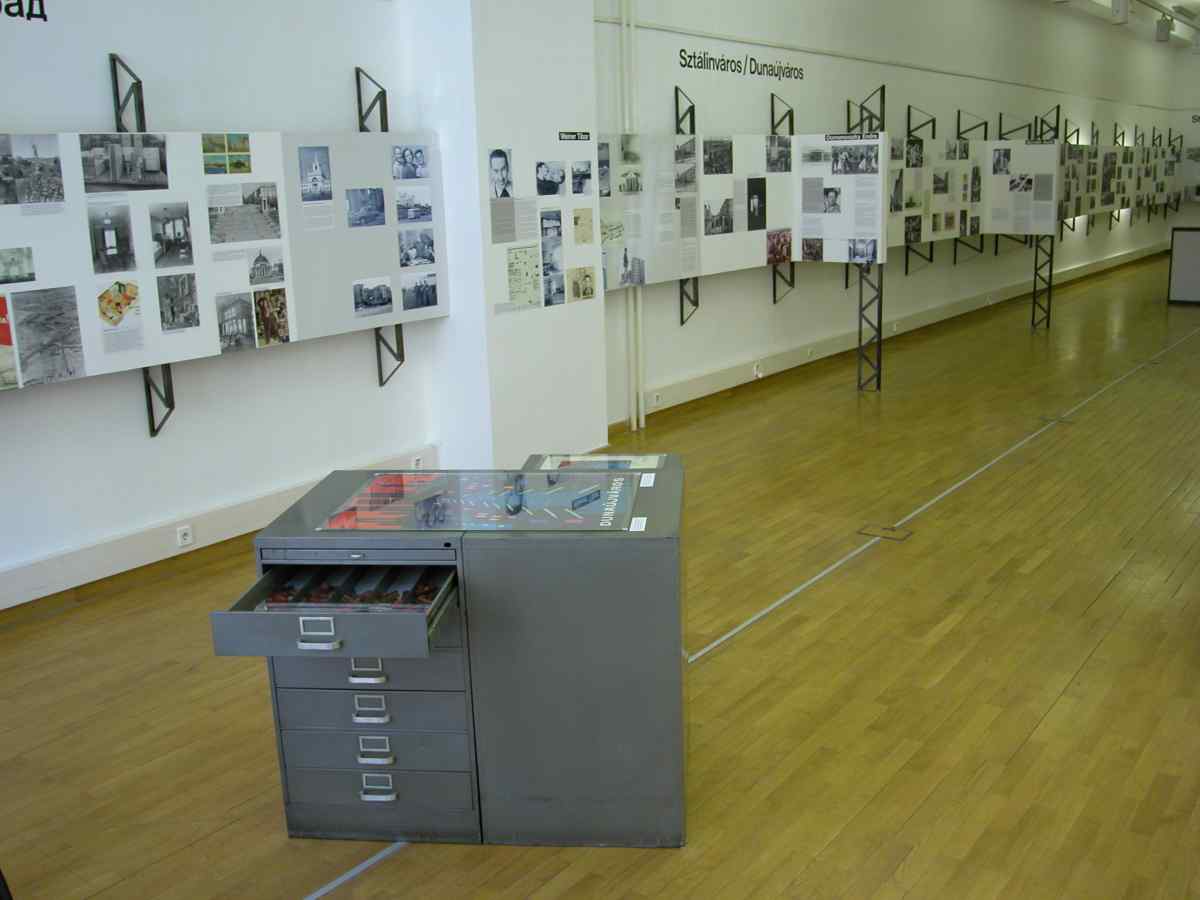
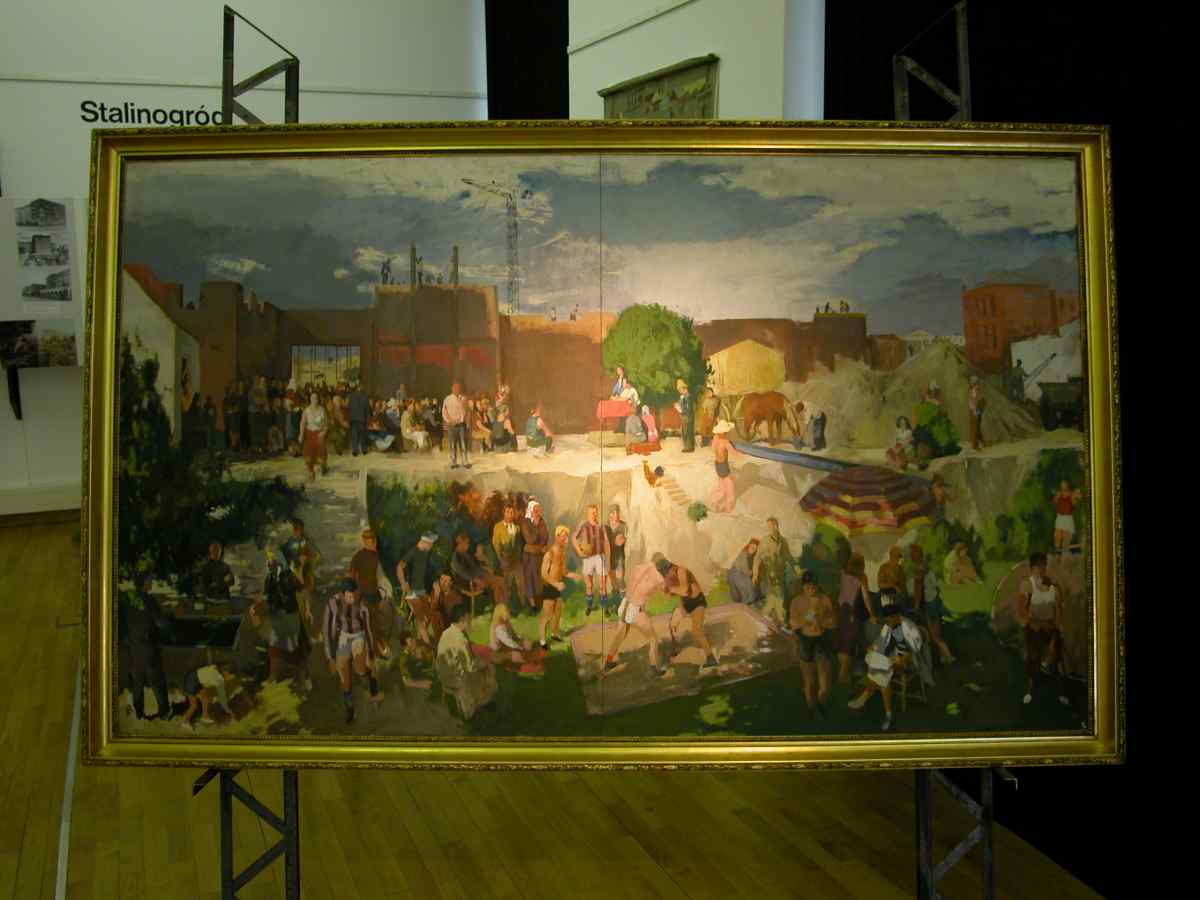
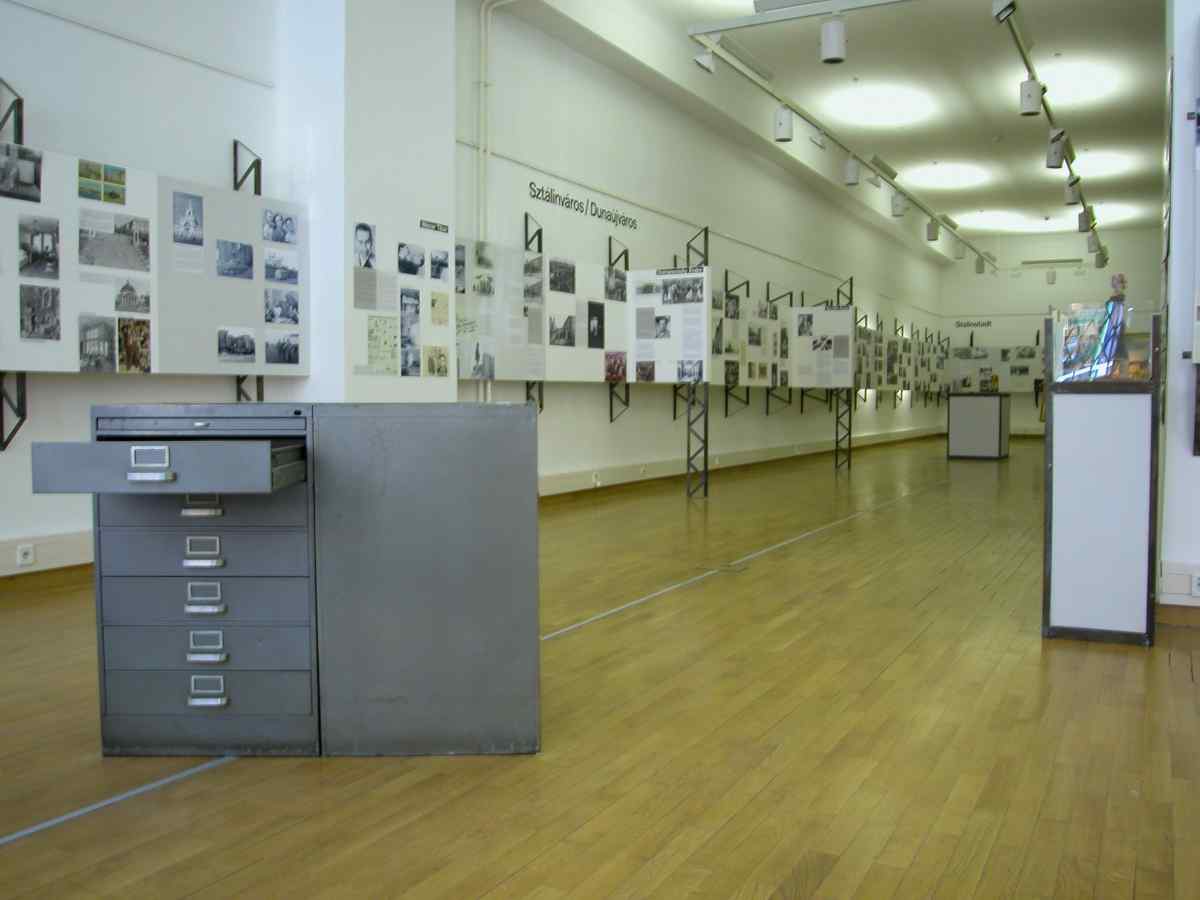

design: TAMÁSI Miklós
The exhibition is intended to give a comprehensive overview of the Eastern European cities which, mainly after 1949, were named after J.V. Stalin: Katowice, Eisenhüttenstadt, Dunaújváros, Brasov, Varna, and Stalingrad, the latter named after the generalissimo as early as the 1920s. The fifties saw major construction work in both the newly created and the renamed Stalin Cities. The photos, documents, and plans presented in the exhibition show the most important buildings, indoor and outdoor settings of the cities (re)designed in that period. The organizers have included works by artists who were well-known at the time but are now largely forgotten, such as Aurél Bernáth, Sándor Ék, and Endre Domanovszky. The excerpts from fiction and documentary films that also feature in the exhibition add further details to the rather lopsided images of everyday life presented in contemporary propaganda.
“What was being built there was, however, a monumental enterprise. It was the first time such a thing had ever happened in Hungary: building up a whole district, bringing in the construction workers, starting to build the factory while developing the city itself then expanding the factory still further; all this had a very strong romantic touch to it. (...) We had no idea at the time that the whole thing could have been built better and in a more suitable location, in a different way - the huge crowd of people gathered there was incredibly exciting. The whole of society was represented, from the dregs to the upper crust - for instance, whole trainloads of prostitutes were brought in from Budapest and the excavator sometimes dug up the corpses of babies (...). It was a bit like the gold rush.”
(Memoirs of writer István Örkény, from the 1970s)